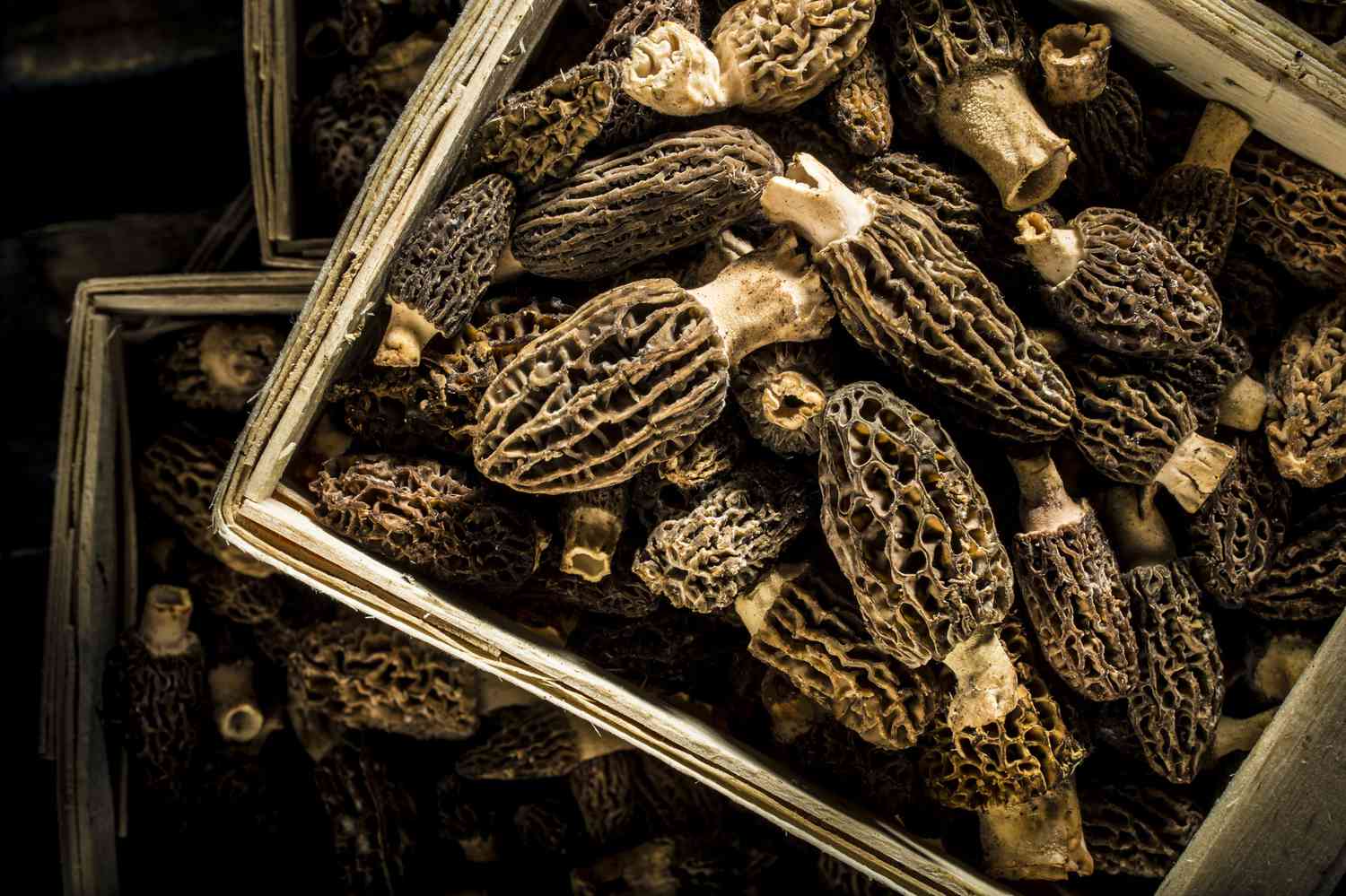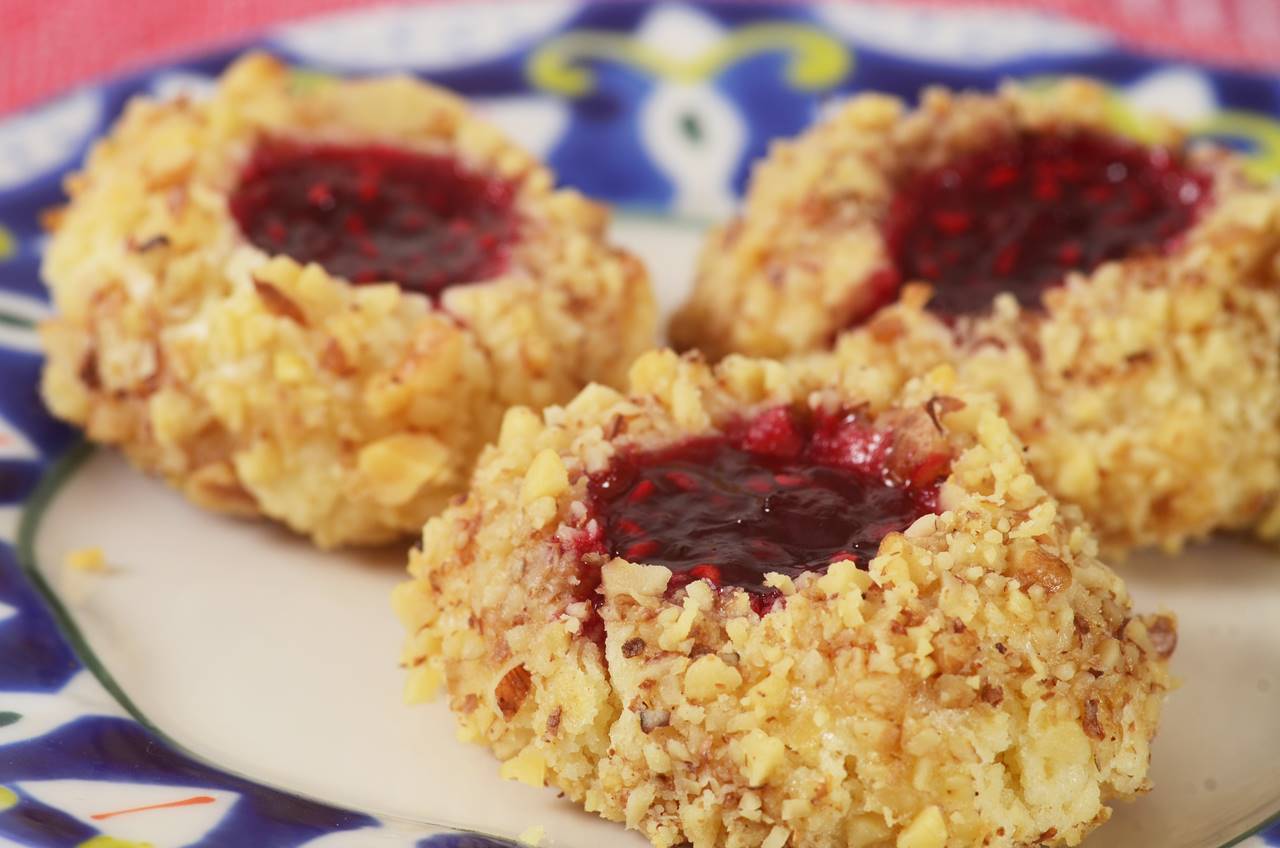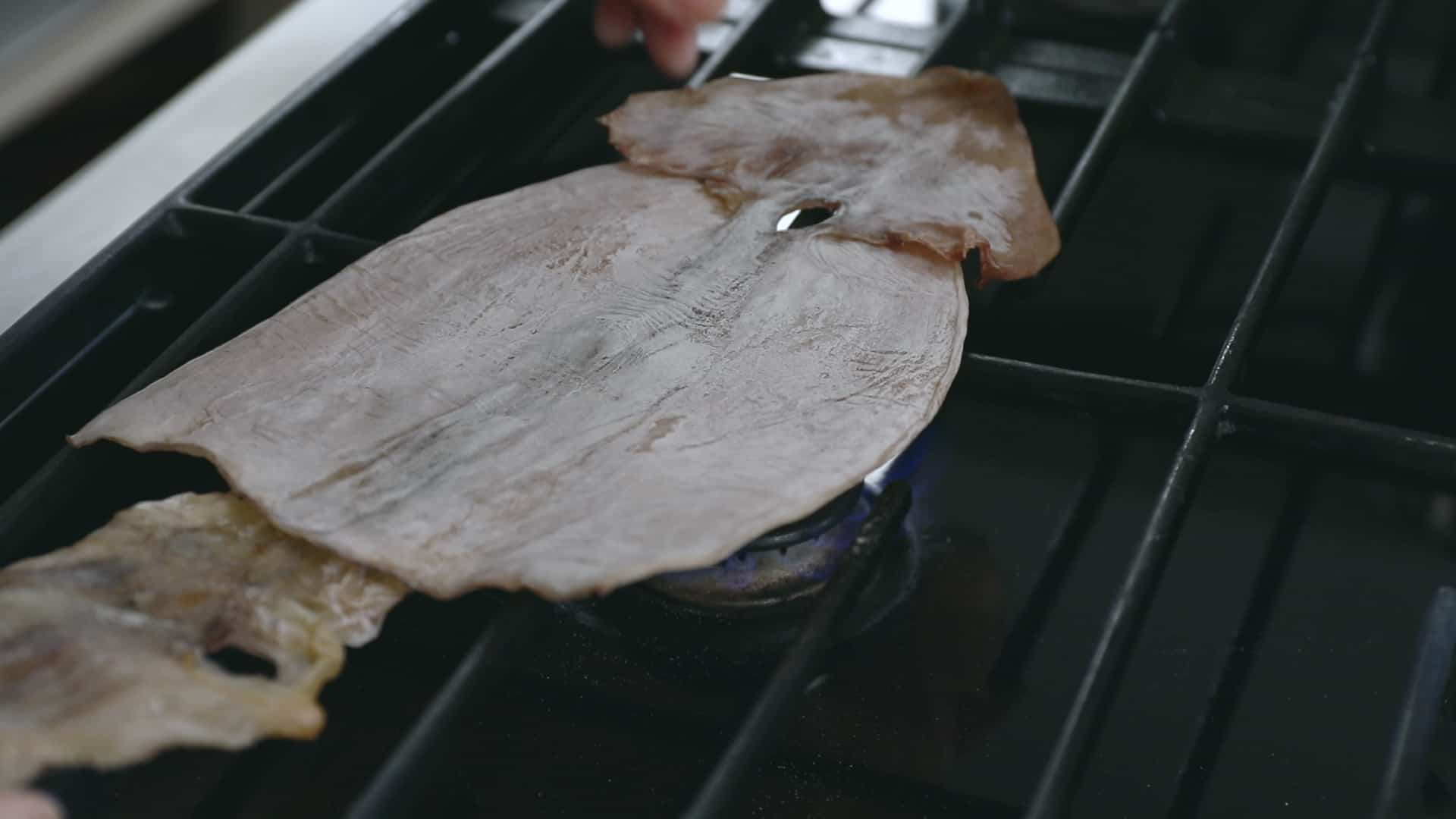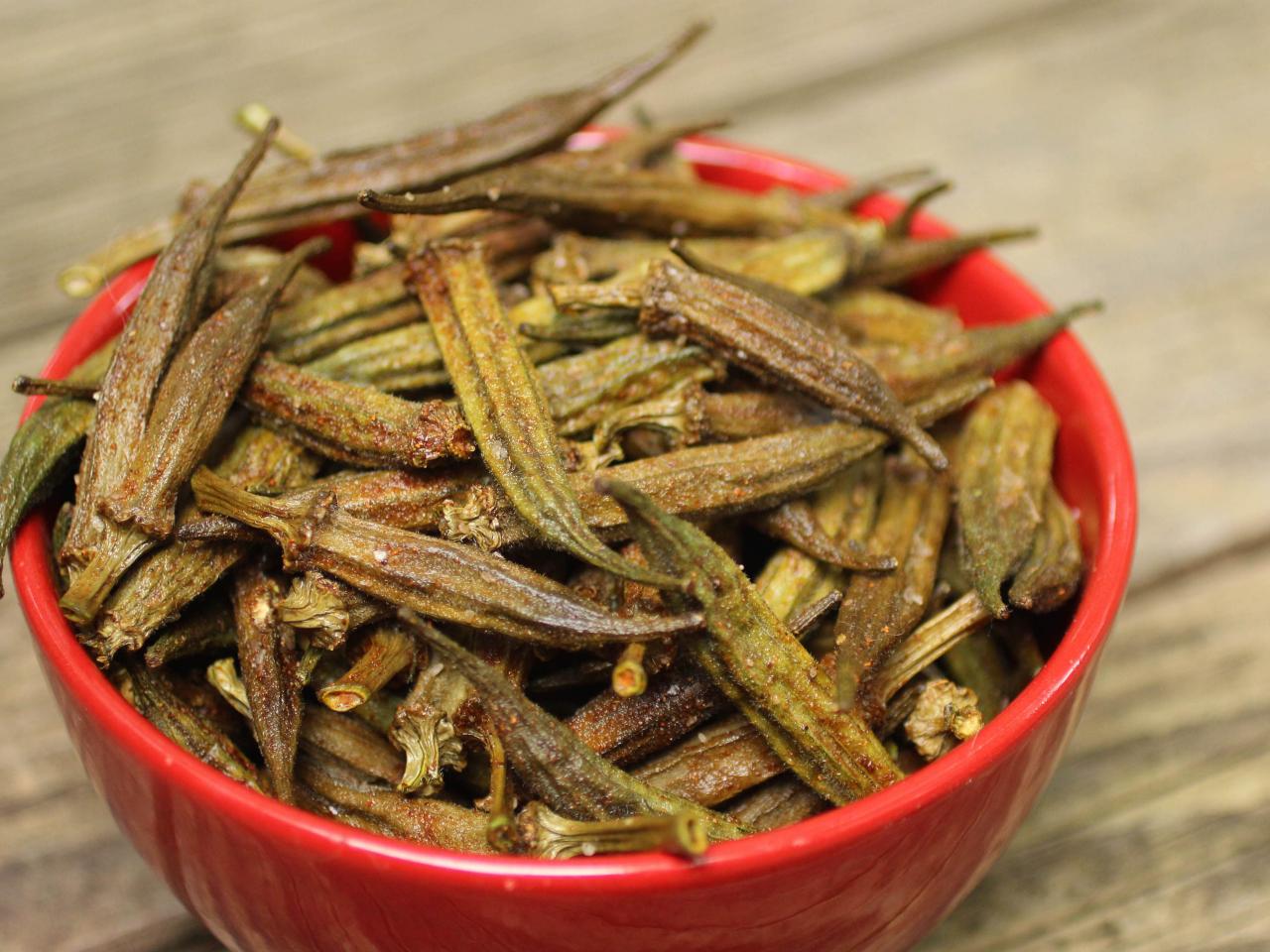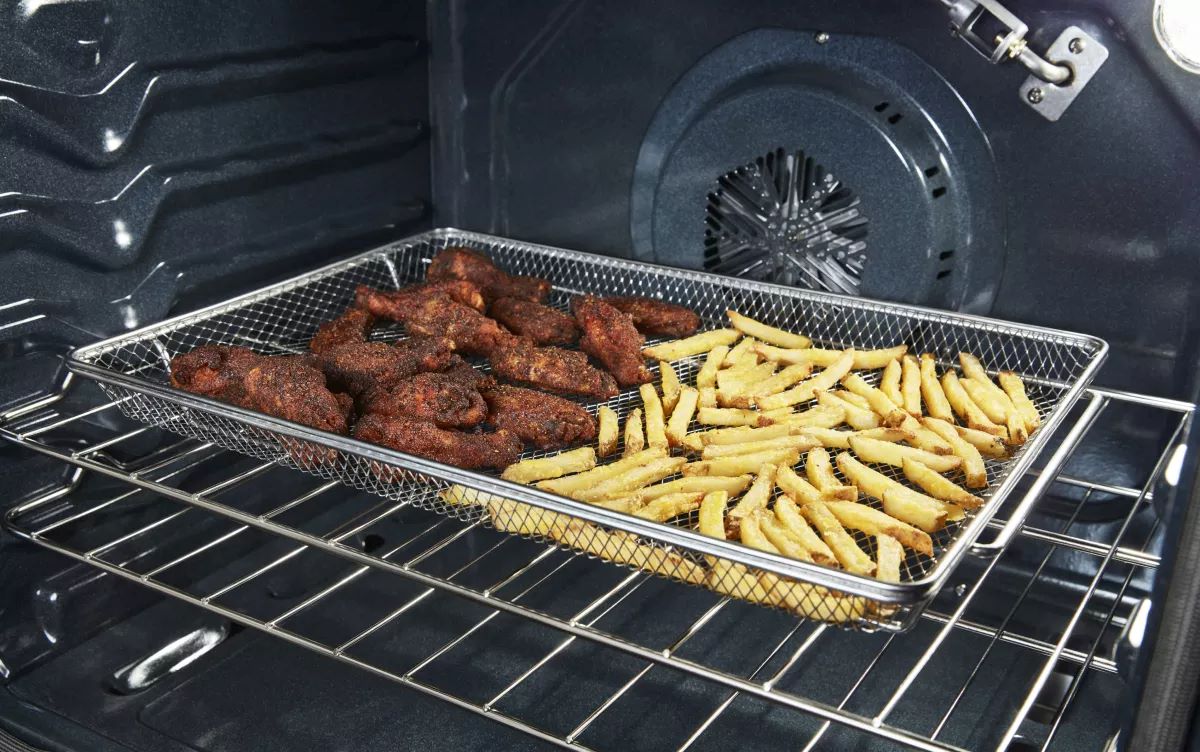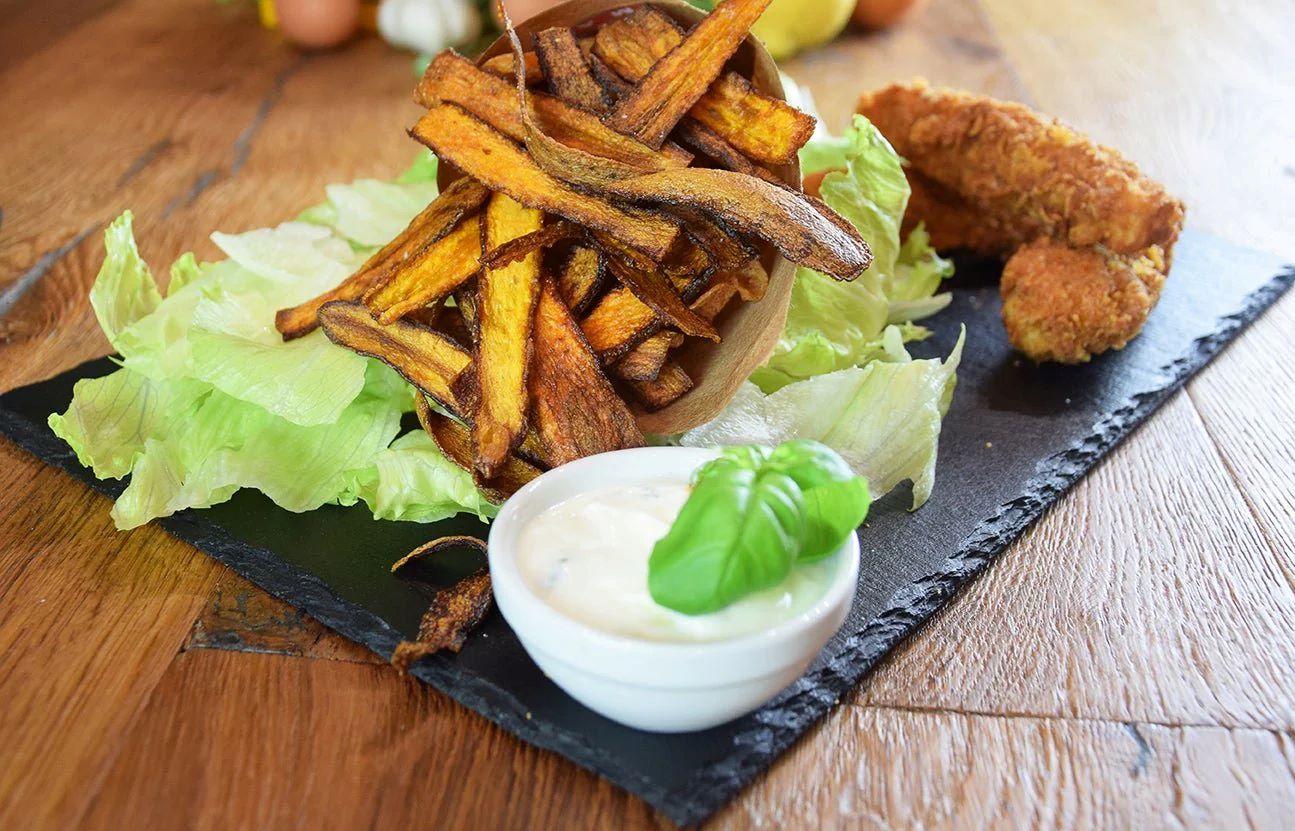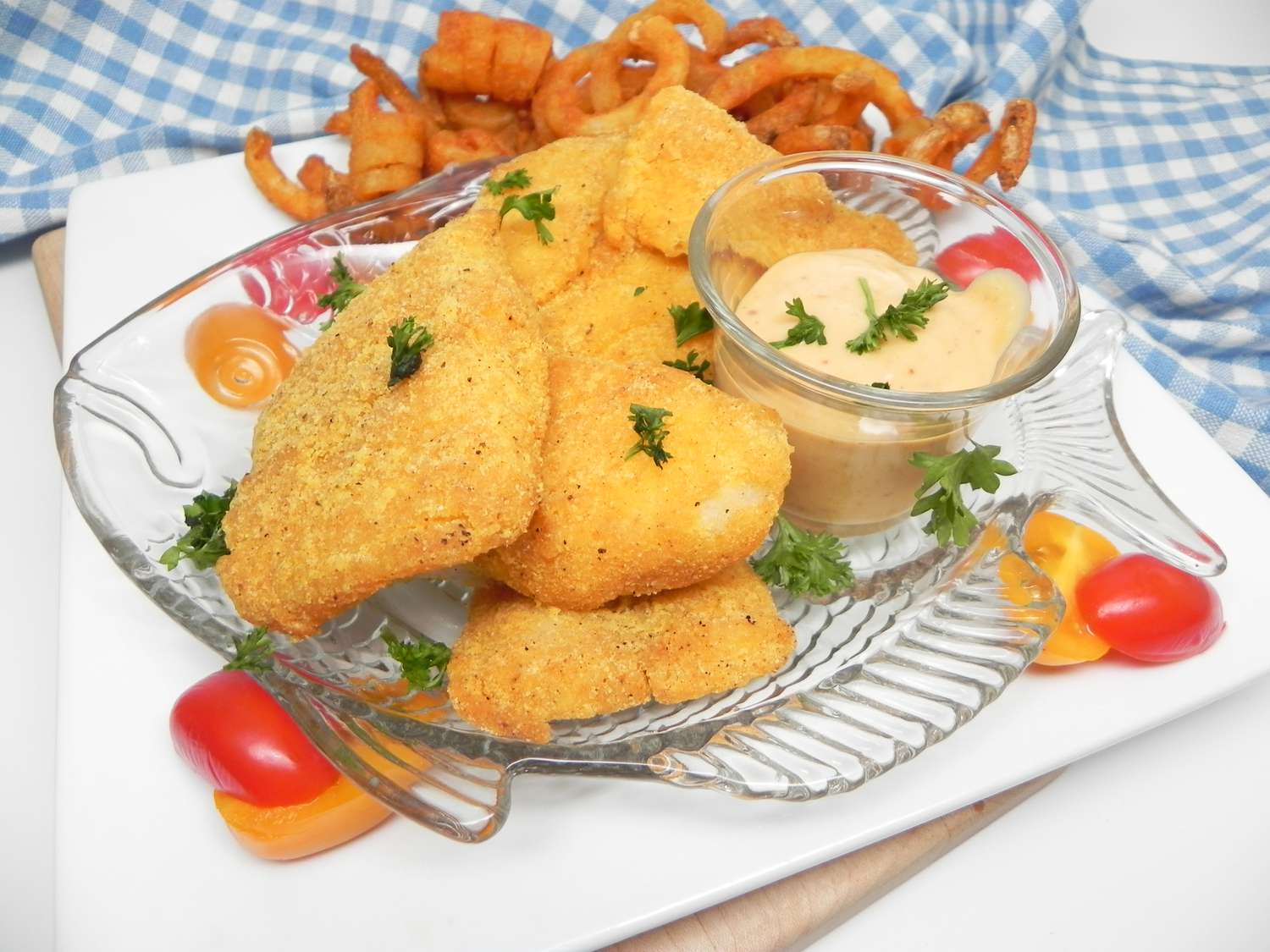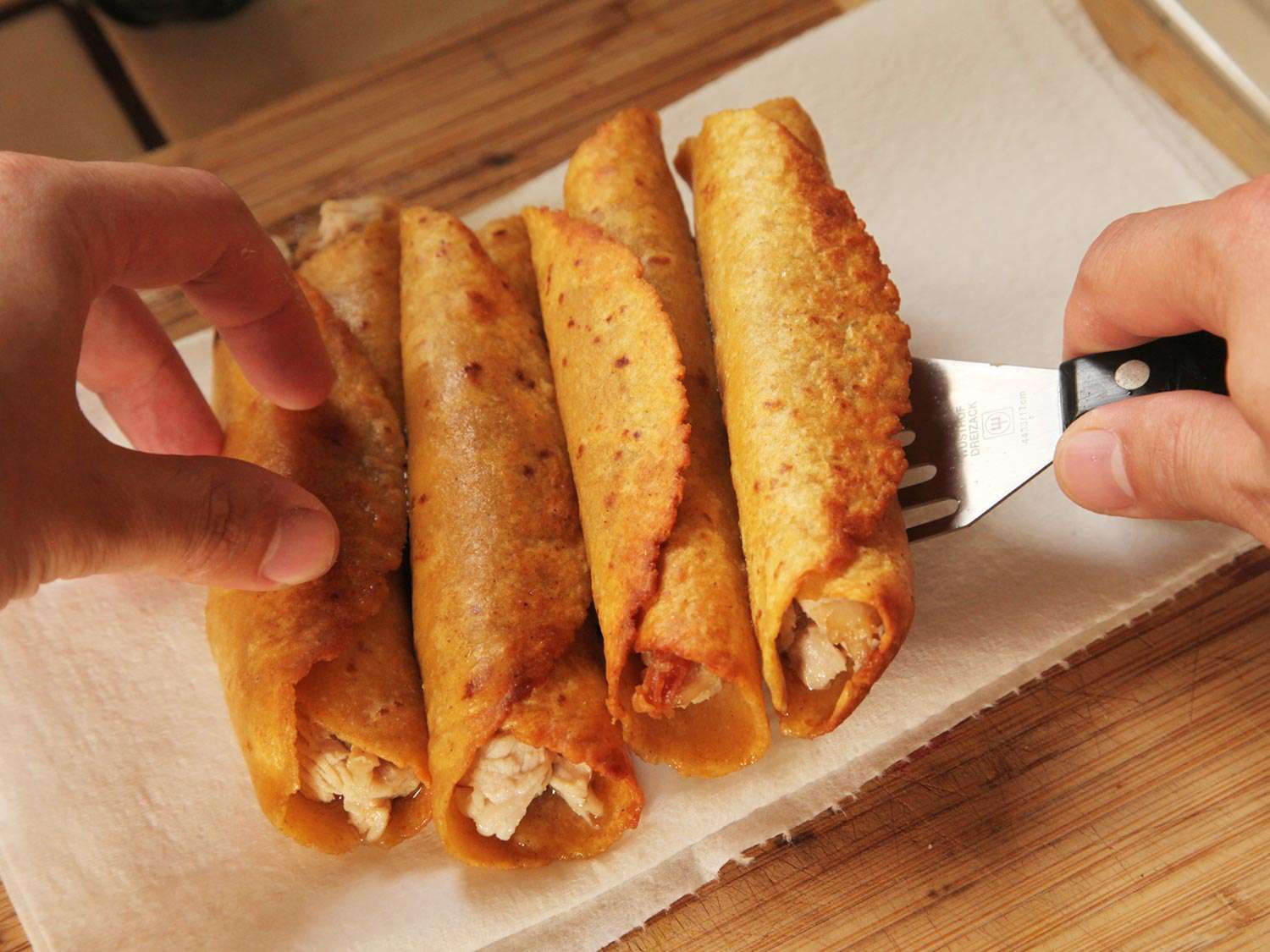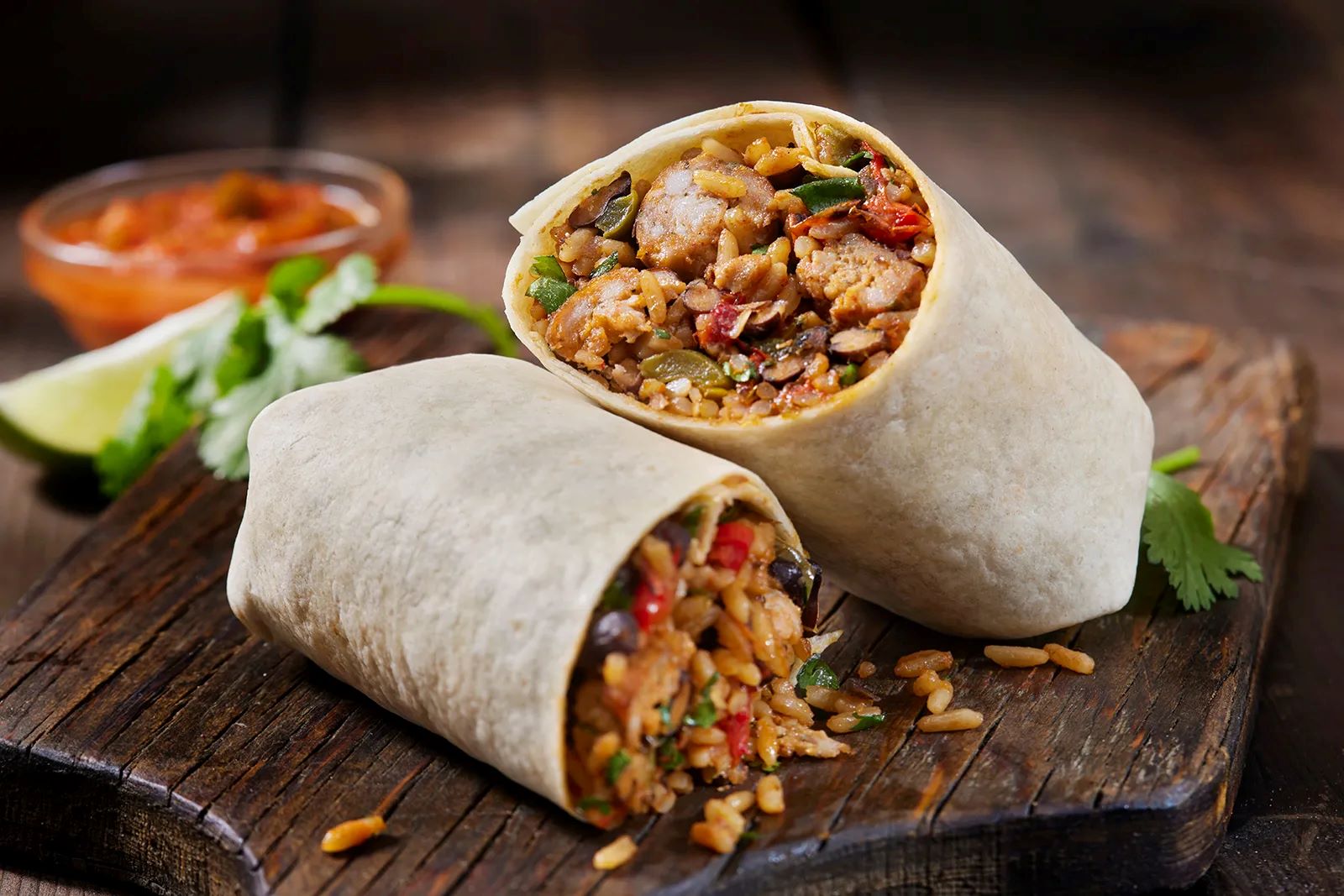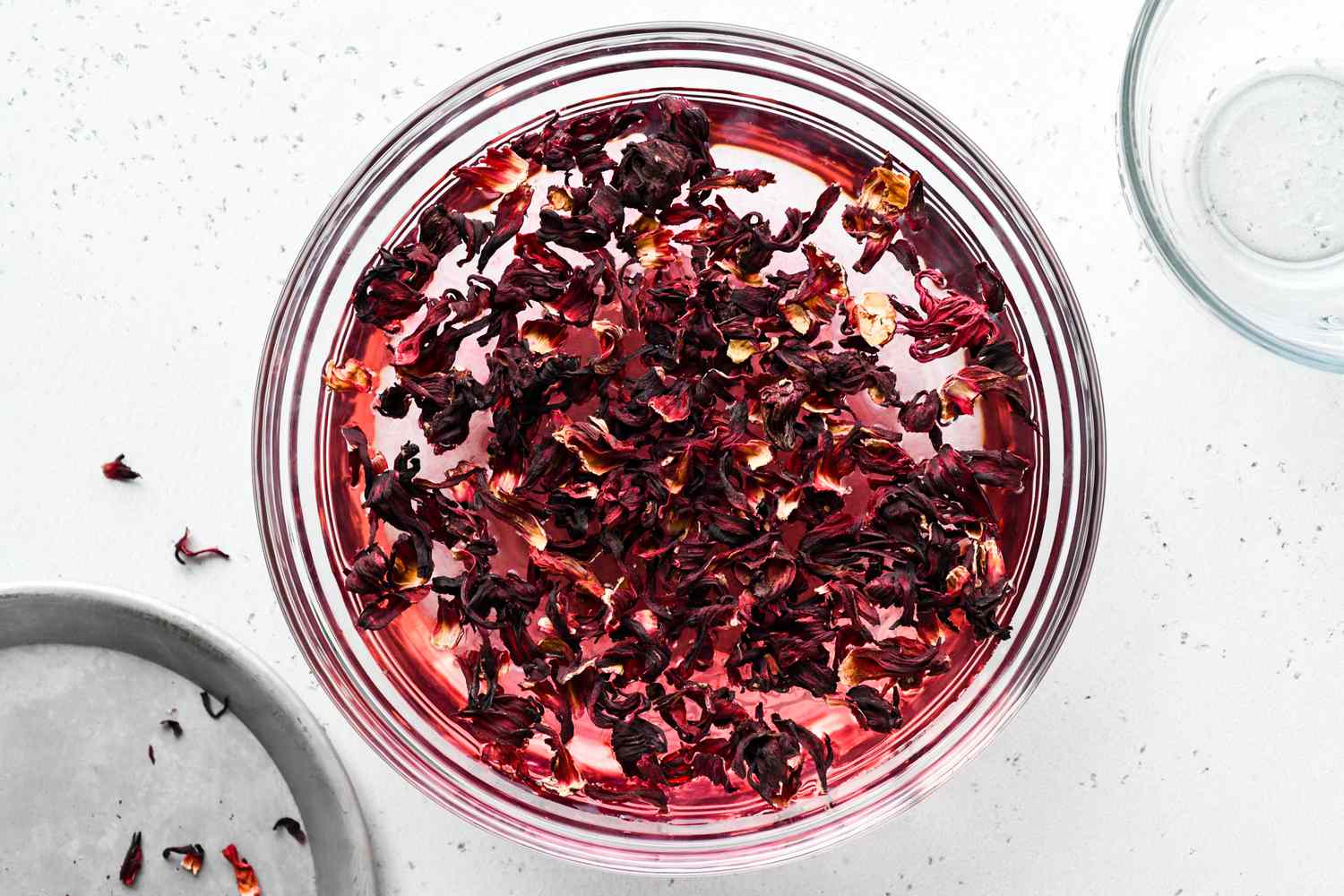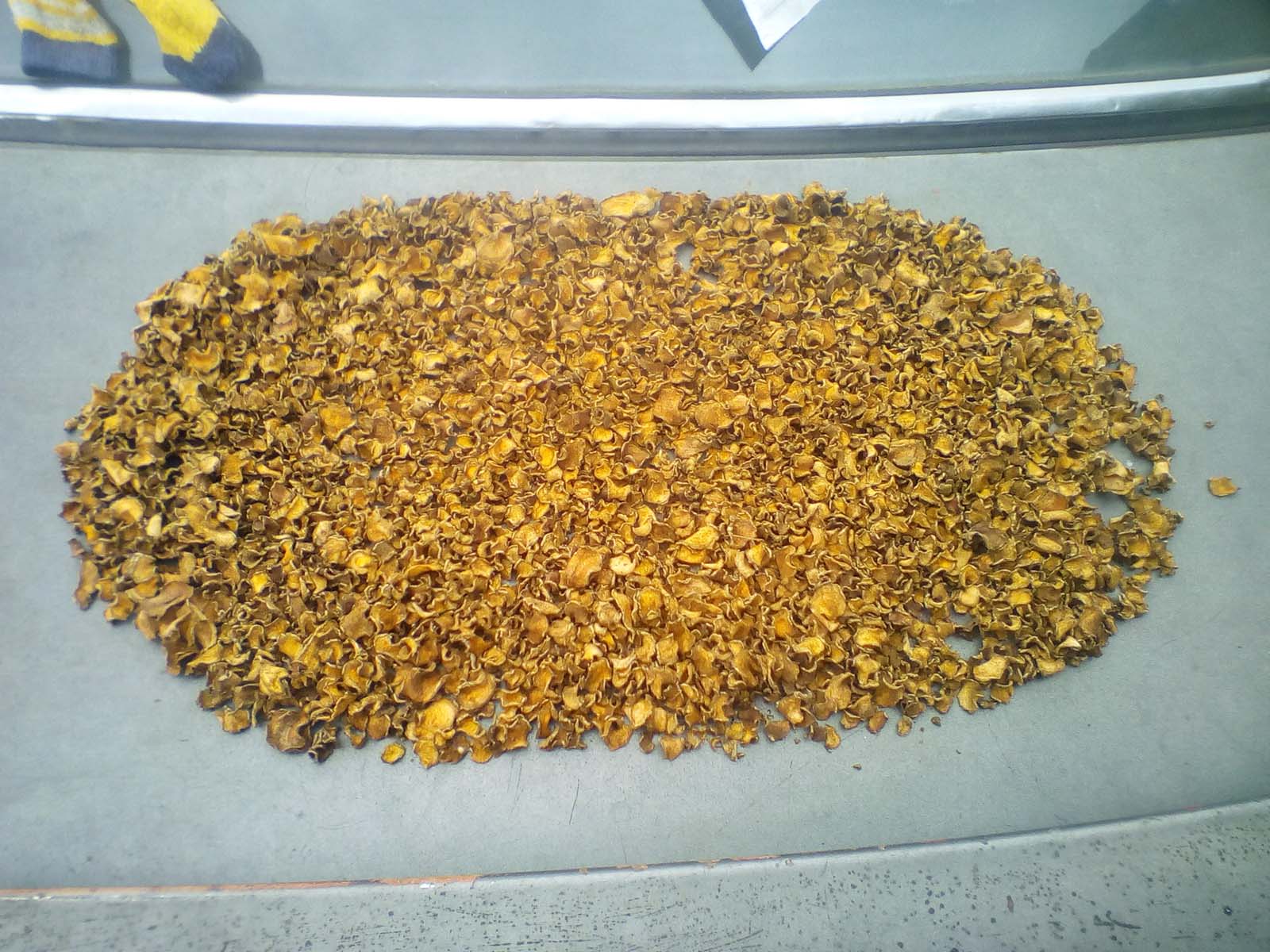Dehydrating Pumpkin: A Delicious Way to Preserve Your Harvest
As the fall season approaches, many of us find ourselves with an abundance of pumpkins. While pumpkin pies and soups are delicious ways to use up this versatile vegetable, dehydrating pumpkin is an excellent method for preserving it for future use. Whether you have a surplus of pumpkins from your garden or simply want to take advantage of the seasonal abundance at the market, dehydrating pumpkin is a simple and effective way to extend its shelf life.
Why Dehydrate Pumpkin?
Dehydrating pumpkin offers several benefits. Not only does it allow you to preserve the pumpkin for long-term storage, but it also concentrates the flavor and sweetness of the vegetable. Dehydrated pumpkin can be used in a variety of recipes, including pumpkin bread, muffins, and even as a nutritious snack on its own. Additionally, dehydrated pumpkin takes up less space than fresh pumpkin, making it easier to store and transport.
How to Dehydrate Pumpkin
Dehydrating pumpkin is a straightforward process that can be done with a dehydrator or in the oven. Here’s a simple method for dehydrating pumpkin:
- Selecting the Right Pumpkin: Choose a sugar or pie pumpkin for the best flavor and texture when dehydrated.
- Preparing the Pumpkin: Wash the pumpkin thoroughly and remove the seeds and pulp. Peel the pumpkin and cut it into uniform slices or cubes.
- Blanching (optional): To preserve the color and flavor of the pumpkin, blanch the slices or cubes in boiling water for 2-3 minutes, then immediately transfer them to an ice water bath to stop the cooking process.
- Dehydrating: Arrange the pumpkin slices or cubes in a single layer on the dehydrator trays or a baking sheet for oven dehydration. Set the dehydrator to 125°F (52°C) or the oven to the lowest temperature, and allow the pumpkin to dehydrate for 8-12 hours, or until completely dry and leathery.
- Storing the Dehydrated Pumpkin: Once the pumpkin is fully dehydrated, allow it to cool to room temperature before transferring it to an airtight container or resealable bags. Store the dehydrated pumpkin in a cool, dark place for up to a year.
Using Dehydrated Pumpkin
Once you have dehydrated pumpkin in your pantry, the culinary possibilities are endless. Here are some creative ways to use dehydrated pumpkin:
- Pumpkin Powder: Grind the dehydrated pumpkin into a fine powder using a blender or food processor. This pumpkin powder can be added to smoothies, oatmeal, or used as a natural food coloring in baked goods.
- Pumpkin Chips: Slice the dehydrated pumpkin thinly and enjoy it as a crispy, nutritious snack.
- Pumpkin Puree: Rehydrate the pumpkin slices or cubes by soaking them in hot water for 15-20 minutes. Once rehydrated, blend the pumpkin into a smooth puree that can be used in soups, sauces, and baked goods.
- Pumpkin Spice Mix: Combine the dehydrated pumpkin with warm spices like cinnamon, nutmeg, and ginger to create a homemade pumpkin spice mix for lattes, pancakes, and more.
Final Thoughts
Dehydrating pumpkin is a simple and rewarding way to preserve this seasonal favorite for year-round enjoyment. Whether you’re looking to reduce food waste, stock your pantry with nutritious ingredients, or simply savor the flavors of fall, dehydrated pumpkin is a versatile addition to any kitchen. So, the next time you find yourself with an abundance of pumpkins, consider dehydrating them for a delicious and convenient ingredient that will enhance your culinary creations.
For those keen on exploring the versatile uses of dehydrated pumpkin, there are numerous recipes to dive into. One should definitely try out Pumpkin Spice Muffins for a delightful treat that brings out the warm fall flavors. If you're in the mood for something savory, Pumpkin Curry offers a rich and aromatic experience. For breakfast lovers, Pumpkin Pancakes are a must-try as they provide a fluffy start to your day. On the sweeter side, Pumpkin Cheesecake is perfect for dessert enthusiasts wanting to impress. Lastly, Pumpkin Oatmeal makes for a hearty and comforting breakfast option. Each of these recipes highlights the unique qualities of dehydrated pumpkin and transforms it into something deliciously remarkable.
Was this page helpful?
Read Next: How To Dehydrate Fruit In Air Fryer
